Everything You Need to Know About Trekking in Nepal
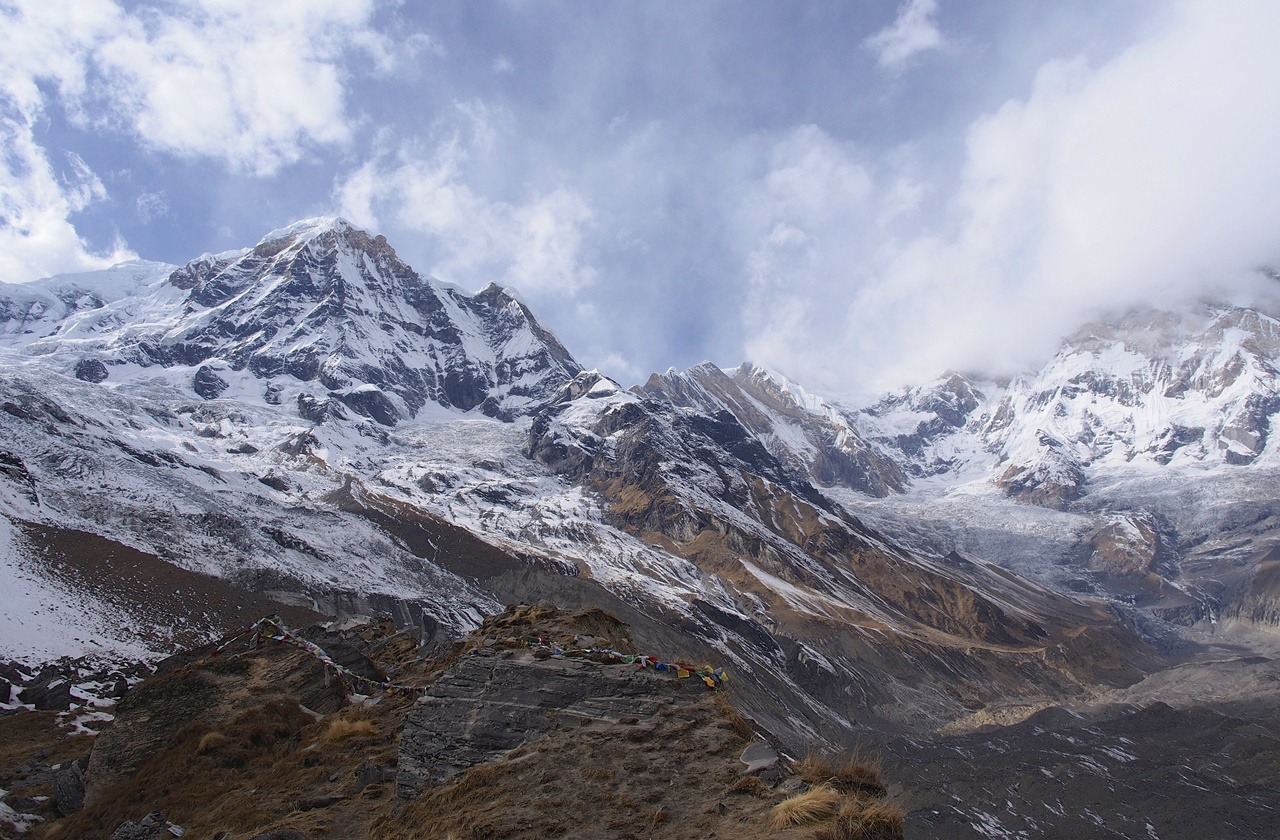
Nepal is a dream destination for every hiker, boasting eight of the world’s 10 highest summits. Aside from hiking in Australia and trekking in the Swiss Alps, being able to reach the summit of a snow-capped mountain in Nepal is on every hiker’s bucket list. Needless to say, trekking in Nepal is one of the best adventures in the world.
Whether you’re a beginner or amateur hiker, Nepal is the best place to go for your dream hiking trip! You’ll find guides and activity operators offering hiking options for all ages and fitness levels in the streets of Kathmandu and Pokhara. In fact, you can even be spontaneous and arrive in Kathmandu without a plan, and be on the trail in a few days!
If you want to head to the snowy peaks for a few days on a thrilling hike, here’s everything you need to know about trekking in Nepal.
Things to Know About Nepal
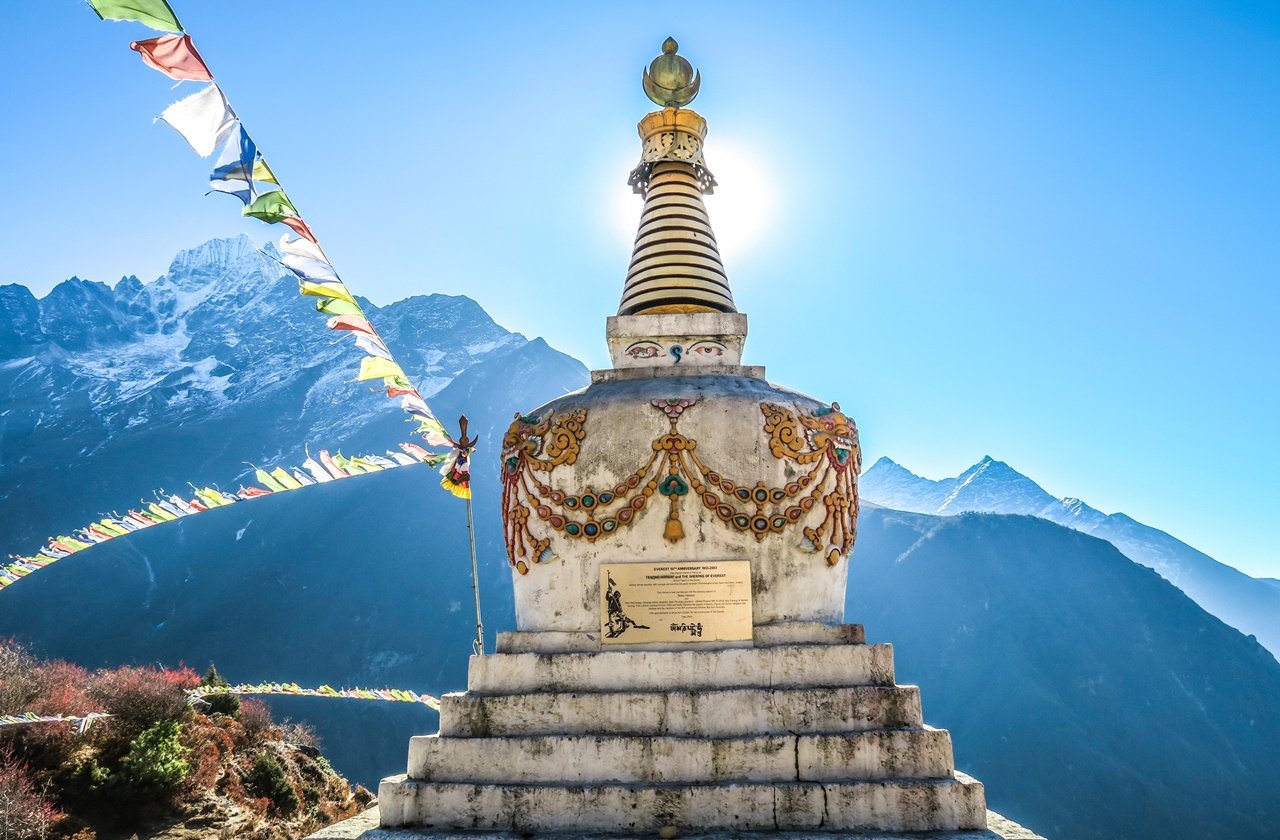
Photo by Sebastian Pena Lambarri on Unsplash
- The main language spoken in Nepal is their native language, Nepali. English is their second language, commonly spoken in major cities like Kathmandu.
- In Nepal, you don’t greet with a handshake, but rather you greet by putting your hands together, bowing your head, and saying “Namaste”.
- All countries, except India, need to secure a Nepal visa. Some countries like Afghanistan, Nigeria, and Syria require a visa in advance, while other countries can obtain their visa upon arrival.
- If you’re bringing a travel adapter to Nepal, choose an adapter that supports Type C, D, and M plugs.
- Tap water is not purified in Nepal and is often boiled before consumption. If you’re planning to go trekking in Nepal, it’s best to purchase bottled water or have your own water filtration solution.
Why Is Nepal Famous for Trekking?
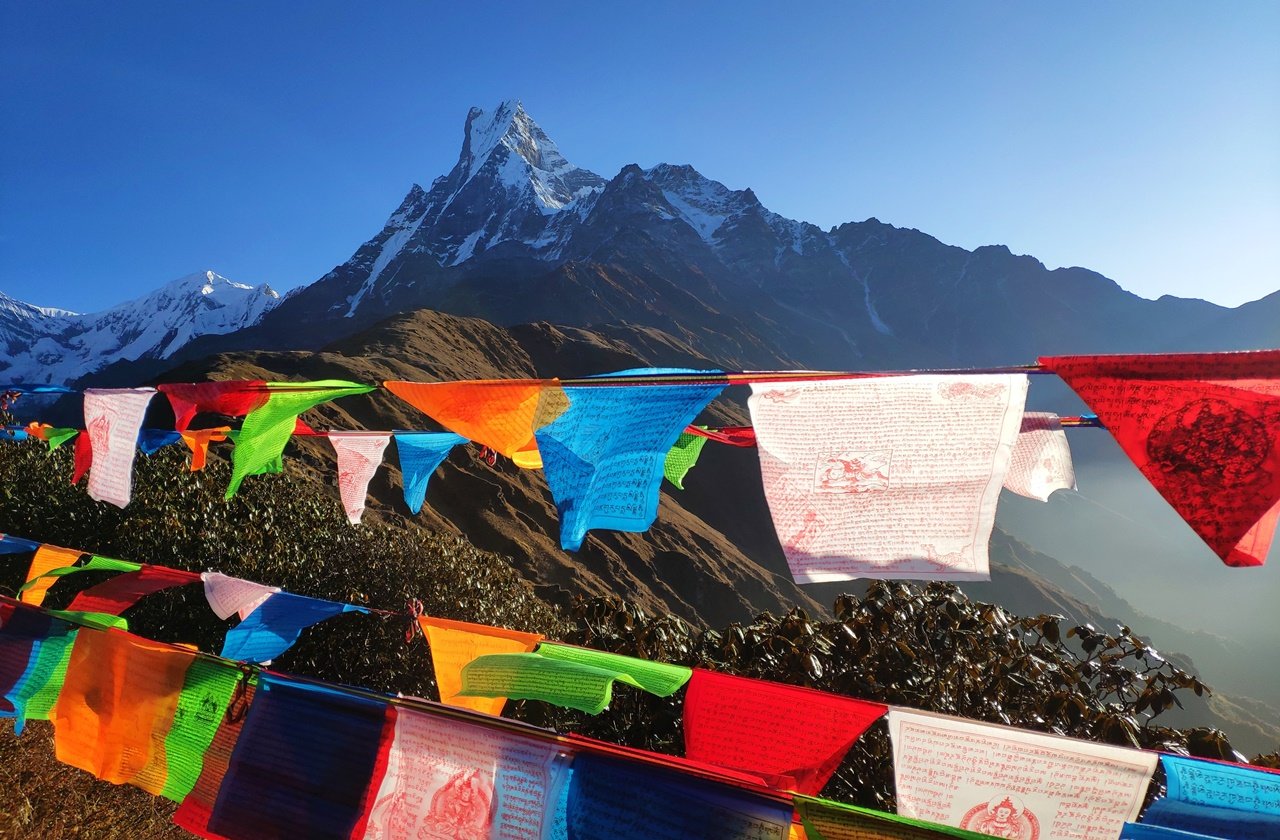
Photo by Sanjay Hona on Unsplash
Nepal is famous for trekking simply because you can find eight of the world’s 10 tallest mountains here, including the infamous Mount Everest. Not only that, the various trekking routes the Nepalese Himalayas offer are simply breathtaking. Along your hike, you’ll also see cultural sites and traditional homes, giving you a glimpse of the local mountain life. Ask a hiker what their favorite or dream hikes are, and there’s a good chance Nepal is included in the list.
Nepal is also a popular destination for hiking because of the cozy accommodations you’ll find along the way. Many hikers also visit Nepal because of the friendliness of the locals. Expect to interact with the locals, greeting with a simple “namaste” whether you’re in the city or in the mountains.
Teahouse Trekking in Nepal
Another thing that makes Nepal a favorite among hikers is its unique accommodation, teahouses. While in other countries you’ll have to pitch tents, in Nepal, you’ll find several homestays and guesthouses, locally known as teahouses, along your way. Teahouses are small buildings that include a kitchen, a communal eating area, bathroom, and bedrooms. However, keep in mind that these forms of accommodation only offer basic amenities, so it’s good to keep your expectations low. Although most teahouses cater to trekkers, in some remote regions, these teahouses also serve as a family’s home.
Staying at teahouses every night on your hike, also called teahouse trekking, is a great way to interact with the locals and immerse yourself in their culture. The food served is mostly traditional cuisine, so you’ll get a chance to discover the local flavors of Nepal. For an additional cost, you can also indulge in a few snacks and even a can of beer. When staying at a teahouse, there’s a high chance that you’ll get to meet fellow hikers on their way.
Gear Checklist
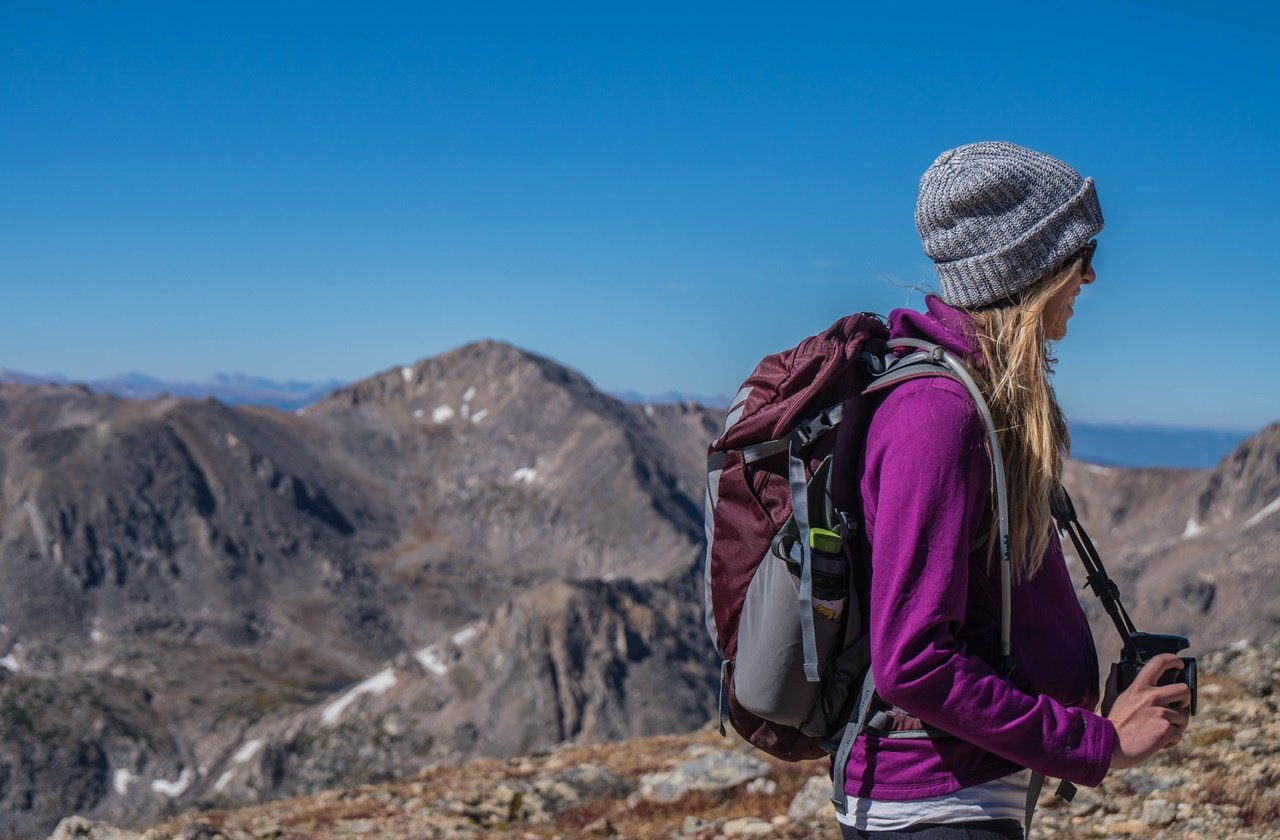
Photo by Lionello DelPiccolo on Unsplash
When trekking in Nepal and in other countries, it’s important to have a gear checklist. Since most hikes last for days, it’s important to bring the complete essentials, making sure you’re not forgetting something. Be sure to use packing cubes and toiletry bags so your things are in order.
- Clothing: thermal or lightweight clothes, trousers, and underwear, waterproof jacket, warm hat, gloves, hiking boots, socks
- Toiletries: toilet paper, hand sanitizers, wet tissues, deodorant, sunscreen, insect repellant, small towel
- Equipment: sleeping bag, water purifier, water bottle, climbing equipment, trekking poles, headlamp (if necessary), backpacking tents
Independent vs. Guided Trekking in Nepal
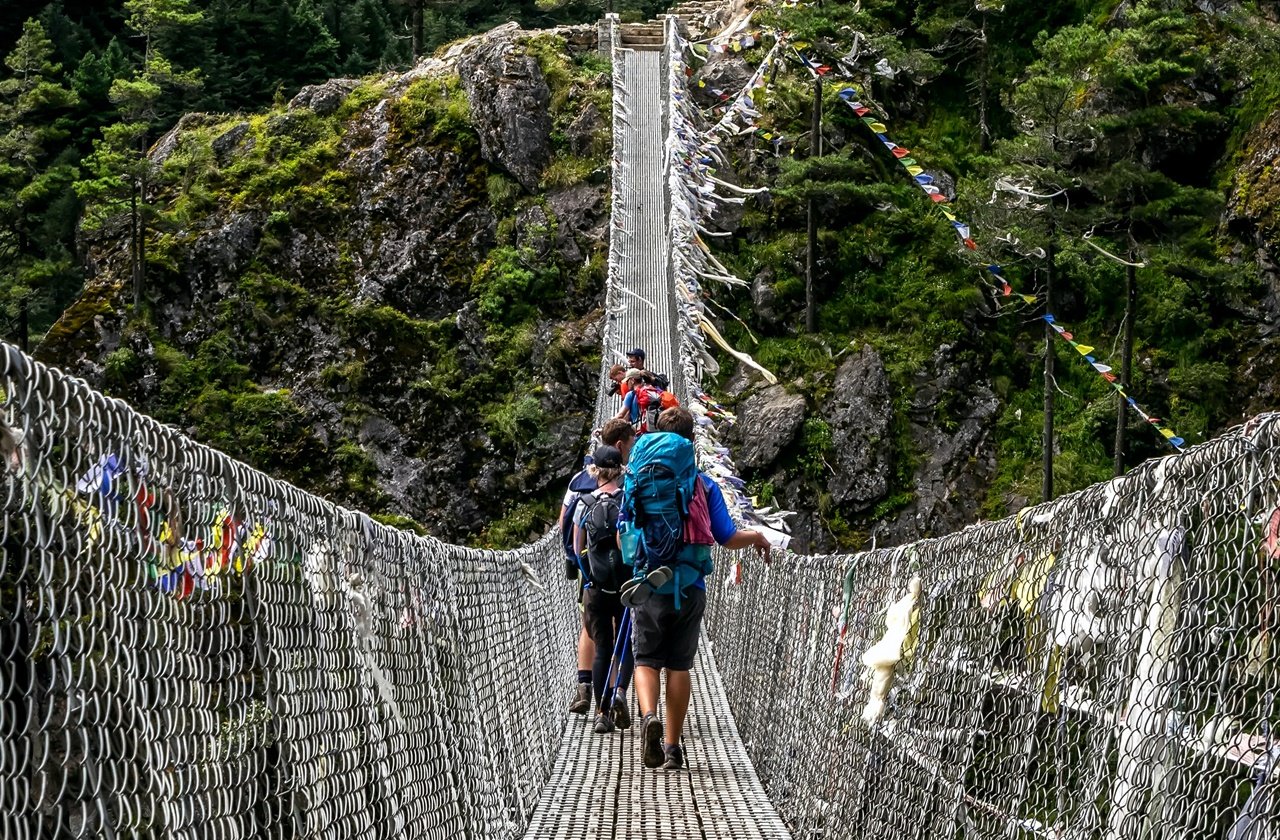
Photo by Toomas Tartes on Unsplash
Going on an independent or guided trekking is a personal choice based on the trek difficulty and available budget. Independent trekking is recommended for experienced hikers going on a popular route such as the Everest Base Camp. With well-marked trails and more travelers, you won’t have to worry about getting lost or going off-course. Going on an independent trek also allows for more direct interaction with the locals, is cheaper, and lets you hike at your own pace.
On the other hand, guided treks are more convenient since all permits, fees, and transportation are handled by the company. You also won’t have to worry about the schedule and lodging since the guides have already pre-arranged them for you. It’s more expensive, but it saves you a lot of time and effort in planning. Additionally, you’ll be able to learn more about the culture and country from your guide.
Best Treks in Nepal
Easy
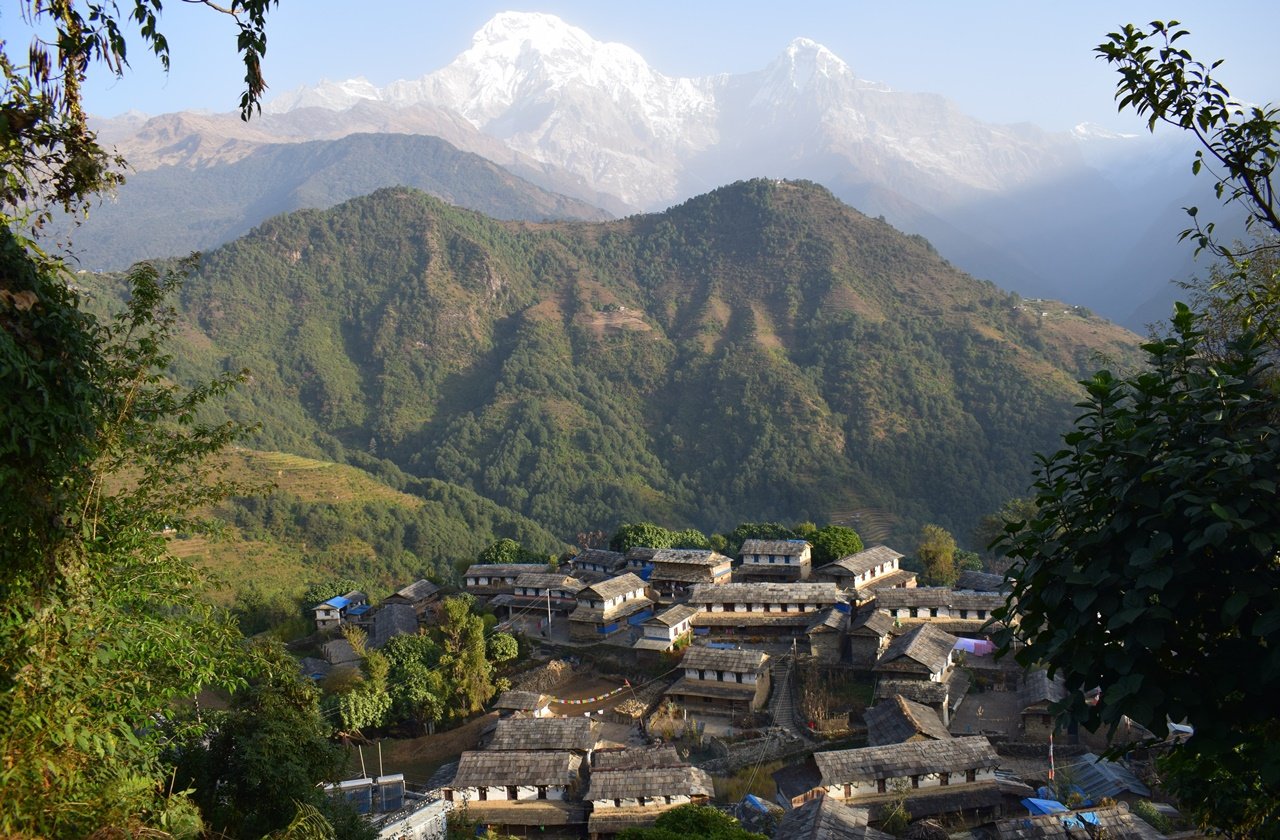
Photo by Inspirado on Unsplash
1. Chisapani-Nagarkot Trek
What to expect: Charming countryside and snow-capped mountain views
Trek duration: 3 days
Best time to go: All-year round
Being a short hike around Kathmandu, the Chisapani-Nagarkot trek is perfect for easy trekking in Nepal. The trek also provides lush views of the surrounding hills and waterfalls, as well as the rugged landscape of the Shivapuri National Park. Don’t miss to watch the sunrise or sunset from Nagarkot and make sure to capture photos of this beautiful scenery. This is the best route for travelers staying in Kathmandu who want a short yet memorable hiking experience.
2. Ghandruk Trek
What to expect: Panoramic views of the Annapurna Mountain Range and the Himalayas
Trek duration: 5 days
Best time to go: All-year round
The Ghandruk Trek is a short yet scenic trail that takes you through lush forests, traditional villages, and rice fields, to the idyllic Ghandruk village. It is a popular yet easy trek suitable for beginner hikers and families. Additionally, Ghandruk village is a good destination to get to know more about the culture and lifestyle of the Gurung people. Take note that since this is a popular trek, there might be thick crowds especially from spring to summer.
3. Panchase Trek
What to expect: Religious sites, 360-degree views of the Pokhara Valley
Trek duration: 3 days
Best time to go: March to November
Get the best views of the Pokhara Valley at Panchase Trek, an easy three-day excursion. Although it starts at Pokhara, it is relatively less traveled as compared to the famous Annapurna Base Camp and Poon Hill, making it a perfect off-the-beaten-path trek. On your trek, don’t miss the 115-feet tall Shanti Stupa, the first World Peace Pagoda in Nepal. Overall, the Panchase Trek is a splendid trail that shows Pokhara’s natural beauty without missing out on Nepal’s scenic mountains.
4. Ghorepani Poon Hill Trek
What to expect: Plenty of photo opportunities, views of the Annapurna Mountain Range
Trek duration: 3, 5, or 7 days
Best time to go: All-year round
The Ghorepani Poon Hill Trek is the best “training ground” for those who plan on hiking the more challenging treks like the Annapurna Circuit Trek. It also offers plenty of photo spots, popularly called the “Photographer’s Paradise”. There are plenty of teahouses and guesthouses along the way and the route is well-marked, so you won’t have to worry about getting lost. Hiking the Ghorepani Poon Hill Trek is most beautiful in spring when the surrounding rhododendron forests are in bloom.
5. Sikles Trek
What to expect: Rich Gurung culture with unparalleled views of the Himalayas
Trek duration: 5 days
Best time to go: March to May, September to December
Despite being relatively new, the Sikles Trek is one of the best beginners’ routes for trekking in Nepal. It allows you to immerse yourself in the Gurung culture and daily life while appreciating the views of the Himalayas. In spring, see lush forests of rhododendrons; while in the winter months, you’ll be able to spot avalanches rolling off the mountains. After a day well-spent, mingle with the locals and join a Rodhi Ghar, a celebration of singing and dancing.
Moderate
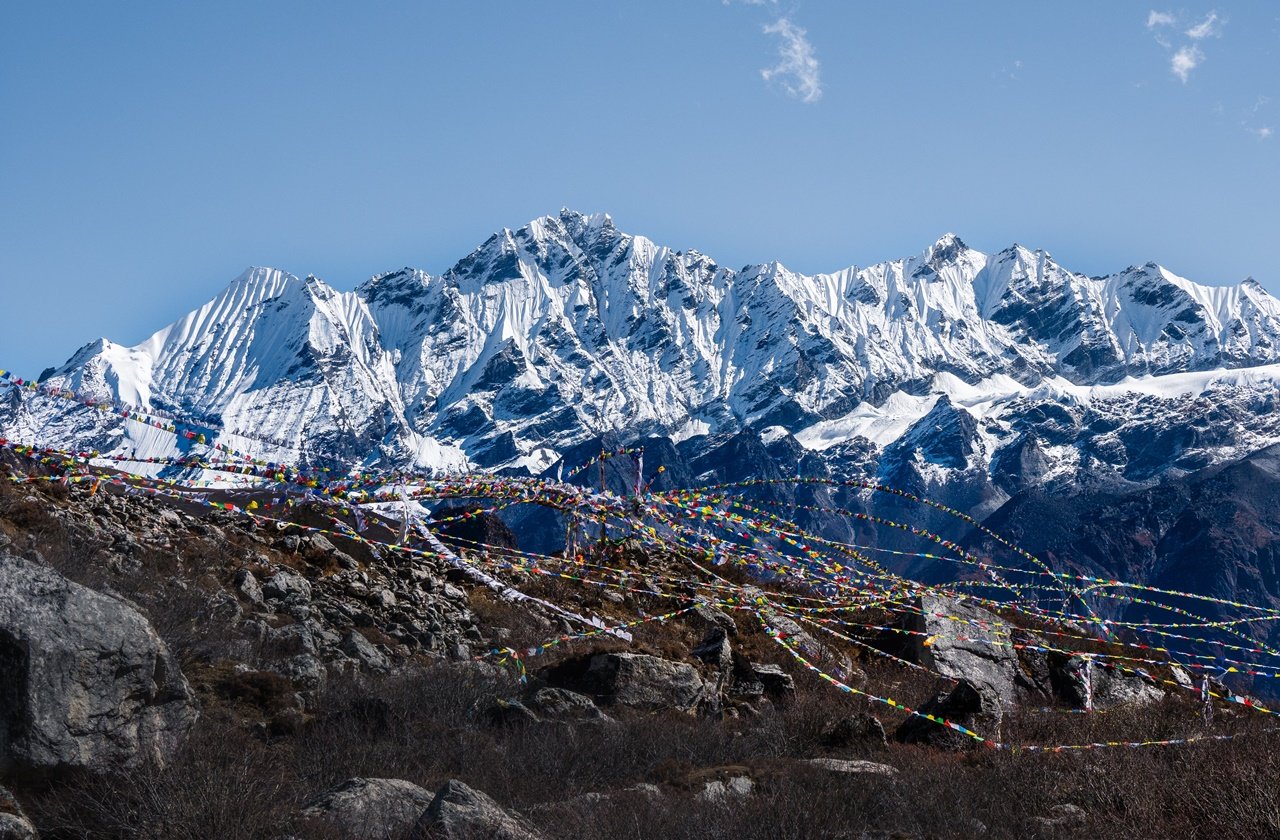
Photo by Michael Briguet on Unsplash
1. Annapurna Circuit Trek
What to expect: Diverse landscapes, best views of the Himalayas
Trek duration: 12 to 14 days
Best time to go: March to May, October to November
The Annapurna Circuit Trek is one of the most famous trekking routes in the country with more than 50% of Nepal’s annual hikers taking up this route. It takes you through green pastures, Alpine forests, and lush valleys to desert-like terrains. Additionally, in every corner of the trek is a picture-perfect view of the Annapurna Mountain Range. Despite the road construction, the Annapurna Circuit Trek remains to be one of the quintessential treks in Nepal.
2. Langtang Valley Trek
What to expect: Balance between cultural and natural sights
Trek duration: 7 to 10 days
Best time to go: March to May, October to November
Despite the trek lacking in high peaks, the Langtang Valley Trek makes up for its breathtaking scenery. Pass by alpine meadows, ancient Buddhist monasteries, and grassy meadows. The area was devastated during the 2015 earthquake, but the trails and structures have been rebuilt ever since. Langtang Valley Trek also gives you a glimpse of the Tibetan culture due to its proximity to the region.
3. Upper Dolpo Trek
What to expect: Remote Tibetan-style villages and barren landscapes
Trek duration: 22 to 25 days
Best time to go: March to May, October to November
Explore remote areas with long and strenuous climbs at the Upper Dolpo Trek. This is a high-altitude hike favorable for moderate to advanced hikers. However, its beautiful scenery makes up for its challenging trail. Get a chance to see untouched communities, arid gorges, and the largest national park in Nepal, Phoksundo National Park. If you’re lucky, you may even get to see the rare snow leopard and blue sheep. Take note that since the trek requires Restricted Area Permits, it’s best if you have a licensed trek guide with you.
4. Everest Base Camp Trek
What to expect: Closeup views of Mount Everest, traditional Sherpa villages
Trek duration: 12 to 14 days
Best time to go: March to May, October to November
Go on a memorable hike and reach the base of the world’s tallest mountain, Mount Everest. The Everest Base Camp is among the best and most famous routes for trekking in Nepal. Along the way, find Buddhist monasteries, serene valleys, and rushing rivers. It also offers a glimpse of the culture of the Sherpa people, one of the ethnic groups native to Nepal. If you want to get a closer look at Mount Everest, the Everest Base Camp is the perfect trek for you.
5. Mardi Himal Trek
What to expect: Diverse landscapes, views of the Himalayan peaks
Trek duration: 4 to 7 days
Best time to go: March to May, September to December
If you’re looking for a short yet challenging trek, go for the Mardi Himal Trek. The trail takes you through diverse sceneries: from dense forests to rocky mountain trails. In spring, the trek is surrounded by colorful rhododendron trees. Despite being less populated than other routes in the Annapurna region, the trail is well-marked so you can opt to skip having a licensed guide. On the other hand, having a guide can be handy when dealing with trekking at high altitudes.
Advanced
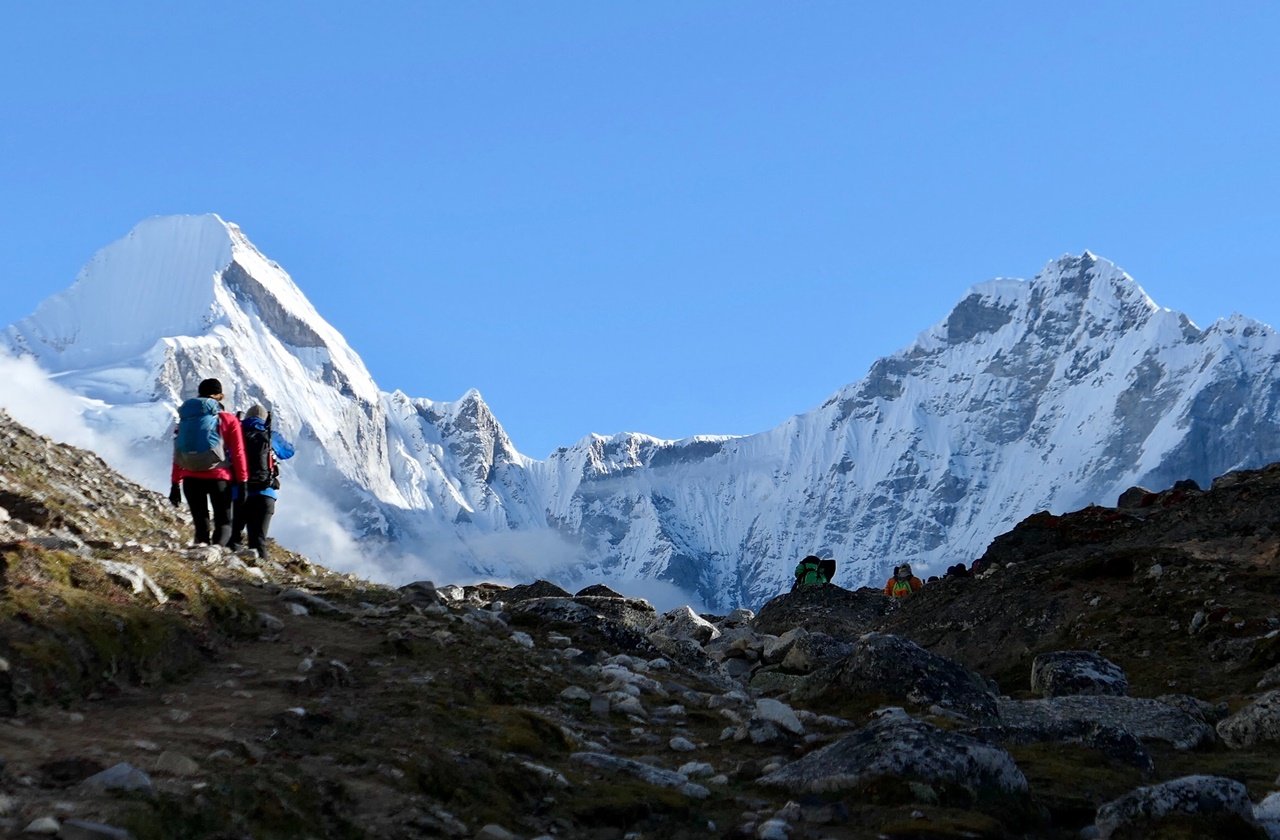
Photo by Ben Lowe on Unsplash
1. Upper Mustang Trek
What to expect: 16th-century Buddhist monasteries, Tibetan landscapes
Trek duration: 10 to 14 days
Best time to go: March to December
Discover deep ravines surrounding a hidden paradise at the Upper Mustang Trek. Because of its secluded location, much of its culture and landscapes remain untouched. Some highlights of the trek include ancient monasteries, hidden caves, and gompas. Upper Mustang is also a geopolitically sensitive area, so you’ll need a Restricted Area Permit and a guide to be able to trek here.
2. Manaslu Circuit Trek
What to expect: Remote villages, thrilling suspension bridge crossings
Trek duration: 13 to 15 days
Best time to go: March to May, September to December
The Manaslu Circuit Trek is one of Nepal’s best-kept secrets, perfect for trekkers who prefer off-the-beaten-path trails. The teahouse trek also takes you around Mount Manaslu, the eighth highest peak in the country. Additionally, the Manaslu Circuit Trek passes by Hindu and Tibetan communities, Buddhist monasteries, and deep valleys. Despite being a secluded trek, there are plenty of teahouses along the way so you won’t have to worry about lodging.
3. Gokyo Lakes Trek
What to expect: Spectacular views of the six Gokyo Lakes
Trek duration: 12 days
Best time to go: March to May, October to November
Nepal’s Gokyo Lakes are a must-see, with the turquoise waters looking almost like a mirror reflecting the sky. Traverse through rhododendron forests, landscapes bursting with diverse flora and fauna, and seemingly frozen waterfalls. The trek is also a good alternative to the more populated Everest Base Camp, but still offers breathtaking views of Mount Everest. Needless to say, trekking in Nepal’s Gokyo Lakes Trek should be on every advanced hiker’s bucket list.
4. Nar Phu Valley Trek
What to expect: Unique rock formations, diverse Tibetan and Himalayan communities
Trek duration: 12 to 18 days
Best time to go: March to May, October to November
Opened in 2003, the Nar Phu Valley Trek is a relatively secluded trek tucked between the Annapurna and Manaslu regions. It features plenty of unspoiled valleys and rugged plateaus. The trek walks you through towering rock formations and different sacred places like chortens, gompas, and monasteries. Lastly, what makes the Nar Phu Valley Trek a favorite among advanced hikers is the challenging Thorong La Pass.
5. Everest Three Passes Trek
What to expect: Up-close view of the Himalayas, challenging yet rewarding passes
Trek duration: 18 to 22 days
Best time to go: March to May, October to November
Trekking in Nepal’s Everest Three Passes Trek is the ultimate dream for any hiker. It involves all the highlights of the Everest region in terms of the mountains views and local culture. The trek also takes you through three challenging passes, namely the Renjo La, Cho La, and Kongma La. Take note that the Everest Three Passes Trek involves walking along rocky terrain, so it’s important that you have experience in high altitudes before going forward with this trek.
Things to Remember Before Trekking in Nepal
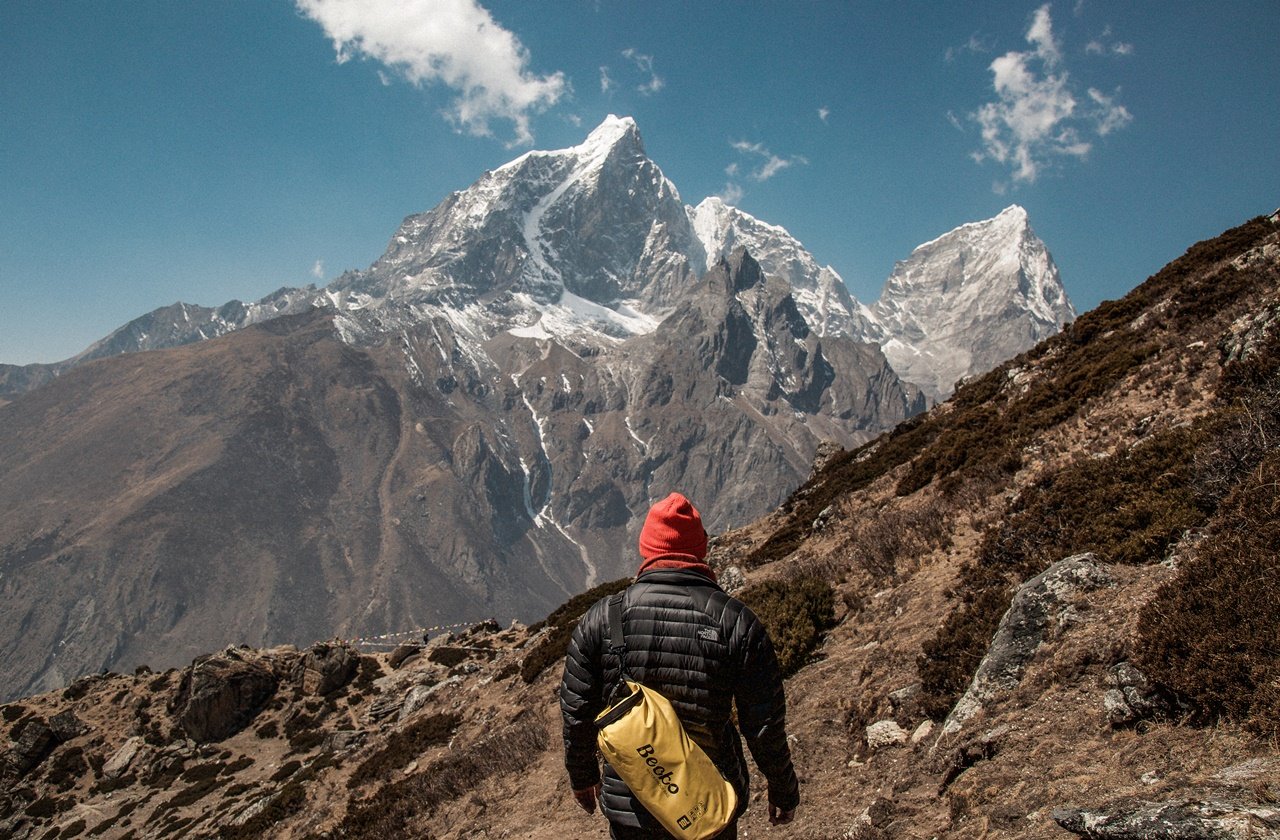
Photo by Christopher Burns on Unsplash
Physical and Mental Preparations
Trekking in Nepal isn’t a simple walk in the park and involves strenuous activities. To prepare for this, it’s important to create a workout routine that focuses on cardio training, stamina, leg strength, and flexibility. When given the chance, take the stairs instead of taking the elevator or escalator. You can also train with a backpack so you’ll be well-adjusted during the actual hike. Lastly, you can take short trekking trips to acclimate yourself.
In terms of mental preparations, you simply need to be in the proper mindset. Most people who go for a trek in Nepal aren’t professional mountain climbers but are average citizens with high levels of determination. Take note that you’ll be walking for five hours or more in a day. Needless to say, you need to be in the right headspace and attitude when hiking, no matter the destination.
Safety
Take note that when you’re trekking in Nepal, you’re going to remote locations that are far from hospitals. Make sure that you take precautions before and during your trip. It’s also important to be updated with the weather conditions especially if you’re hiking for long periods of time. If you’re not used to the environment, it’s best to hire a guide instead of going on a solo trek. Before hiking, don’t forget to read and be familiar with the symptoms of altitude sickness.
Insurance
Although not compulsory, most hikers recommend purchasing travel insurance before trekking in Nepal. When in the mountains, anything can happen: from stomach flu to leg injuries. Most of the trekking locations are in remote areas and emergency evacuations can get expensive, so it’s handy to have travel insurance. If you choose to get travel insurance, go for a plan that covers high altitude trekking and helicopter evacuations.
Permits
Before going on your adventure, it’s important to secure any needed trekking permits. If you’re organizing a trip via a trekking company, they will handle the logistics for you. On the other hand, if you’re going to trek solo, you’ll have to acquire the permits and pay certain park fees before you start.
For treks in the Annapurna, Helambu, and Langtang areas, you’ll need a TIMS (Trekking Information Management System) card which costs around 20 to 30 USD depending on the area. However, some restricted areas in Nepal also require separate trekking permits, which can only be acquired through registered agencies. If you’ll be trekking in the Manalsu, Nar Phu, and Upper Mustang areas, you’ll need to get special Restricted Area Permits.
To Wrap Things Up
Boasting eight of the world’s highest mountains, Nepal is a must-visit for any hiker. The country offers numerous trekking routes for all levels of fitness and ages. At every trek, marvel at the snow-frosted mountain peaks and the vast landscapes featuring lush forests or colorful rhododendrons. Aside from the natural scenery, every trek is also a cultural trip in itself, allowing trekkers to interact with the locals and residents of the traditional villages, as well as get to know their lifestyles. To say the least, trekking in Nepal is an unmissable experience that should be on every adventurer’s list.

